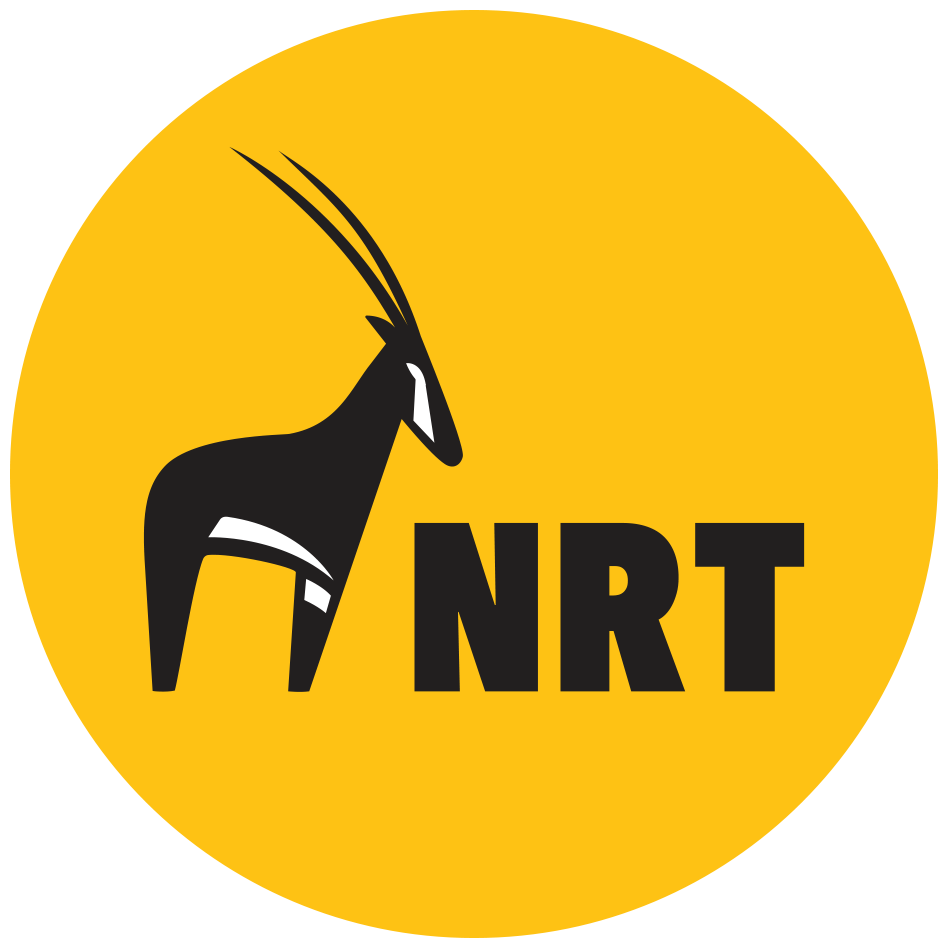Addressing the Climate Crisis: How NRT Member Community Conservancies are Championing Climate Action
Carcasses of cows that died due to drought in Garbatulla Community Conservancy, Isiolo County. Photo| Northern Rangelands Trust
Anywhere you go in Africa, you will find incontrovertible evidence that climate change is not an abstract concept. For many, its consequences are the harsh reality as they bear the brunt of extreme climate events.
The UN reported that over 9 million heads of livestock were lost in the Horn of Africa last year alone, due to unprecedented drought. For northern Kenya’s pastoralists, struggling to recover from the drought, and the over 4 million Kenyans, including lactating mothers, who grappled with food insecurity while dry conditions persisted, these were not just figures on a dashboard. They represented one of the darkest times of their lives.
Through our community conservancy model, we are working hand in hand with indigenous communities and our partners, to mitigate the devastating effects of climate change. Among our natural climate solutions is the Northern Kenya Rangelands Carbon Project (NKRCP), the world’s largest soil carbon removal project.
Awarded Triple Gold Status by the Climate, Community and Biodiversity Alliance (CCBA) due to the benefits it provides to wildlife and communities, and named a Lighthouse Project by the Natural Climate Solutions Alliance, the NKRCP is restoring degraded rangelands across 1.9 million hectares (4.7 million acres), and is anticipated to remove 50 million tonnes of carbon dioxide over 30 years—the equivalent of the annual emissions from over 10 million cars.
Through carbon credit sales, the Project is generating sustainable development income for indigenous communities, increasing their resilience.
In northern Kenya, overgrazing, unplanned settlement, and climate change have led to 70% rangeland degradation and a proliferation of invasive plant species. Through a popular three-part cartoon series, our rangeland team is empowering the communities in this arid area to understand rangeland rehabilitation and act on mitigation strategies.
Competition for water is rife in many parts of Kenya and contributes to inter-ethnic, human-wildlife, and livestock-wildlife conflict. Climate change further impacts water availability by influencing when, where, and how much rain falls. To address water scarcity, our Water Program team is traversing the NRT landscape, surmounting terrain challenges to lay down infrastructure that grants tens of thousands of households access to safe, clean water.
A decline in water and pasture for livestock, thanks to climate change, triggers natural resource-based conflict among pastoralists in northern Kenya. Our peace team undertakes peacebuilding and conflict-resolution missions to avert violent clashes, and conducted over 70 peace interventions across five counties in the first half of this year.
Fishermen in Kiunga Community Conservancy, Lamu County. Photo| Northern Rangelands Trust.
The more fish and marine life there are in the sea, the more carbon is sequestered, locking it away. At the Coast, our Marine Program is focused on preserving marine life, increasing the ocean’s efficacy as a carbon sink and improving the lives of communities whose livelihoods depend on the marine ecosystem and fisheries. The Program’s efforts concentrate on mangrove and coral reef restoration, collection of ocean plastic, sea turtle conservation, and sustainable fishing, preserving fishers’ livelihoods.
In an applaudable move, 85% of fishers owning illegal beach seine nets in Kiunga Community Conservancy have voluntarily exchanged their nets for legal sustainable fishing gear through NRT Coast’s Gear Exchange Program, preventing habitat damage, overexploitation of nearshore reefs, and the decline of fish populations, increasing carbon sequestration.
90% of rural Kenyan households use firewood fuel for cooking, according to the Ministry of Energy. This exerts enormous pressure on forests. Through our Clean Energy Project, we are reversing this trend by installing biogas digesters in NRT member conservancy homesteads, making cooking easier, improving community health, and boosting the conservation of forests, which reduce greenhouse gas emissions. The ocean is the largest carbon sink in the world.
Our Livelihoods Program builds resilience by promoting livelihood diversification. The Program has seen 782 youth and women gain vocational skills and self-employment through NRT Trading’s Ujuzi Manyattani Program, 300 pastoralist herders undergo Ufugaji Bora Mashinani Program training, increasing their livestock production capacity, 1,200 women earn an income through BeadWORKS, a handicraft business, and 2,767 youth and women engaged in entrepreneurship through our Biashara Mashinani Program.
A dry Modo lagga that cuts across Isiolo-Garissa counties. Photo| Northern Rangelands Trust.
To improve lives and drive nature-positive development across the NRT landscape, we have disbursed over Ksh 520 million to NRT member conservancies for community development through our Conservancy Livelihoods Fund, implemented over 180 projects since 2015, financed nearly 4,000 enterprises to empower youth and women, and provided bursaries to 19,748 students since 2014.
Further bolstering these livelihood improvement efforts, the indigenous communities in our member conservancies are conserving over 10 million acres of land for endangered species, including the hirola, the world’s rarest antelope. This facilitates low-impact tourism, a vital conservancy income stream that facilitates the communities’ adaptation to climate change.
While we are doing all we can, with our partners’ support, to address the climate crisis, much more is left to be done. As we fix our gaze on COP 28, the collective hope is that the global discourse that took place at the Africa Climate Summit will translate into meaningful change. Meanwhile, we will continue to harness our ingenuity to unlock the full range of solutions that enable our member community conservancies to grow and thrive despite climate change.
By Vivian Jebet





